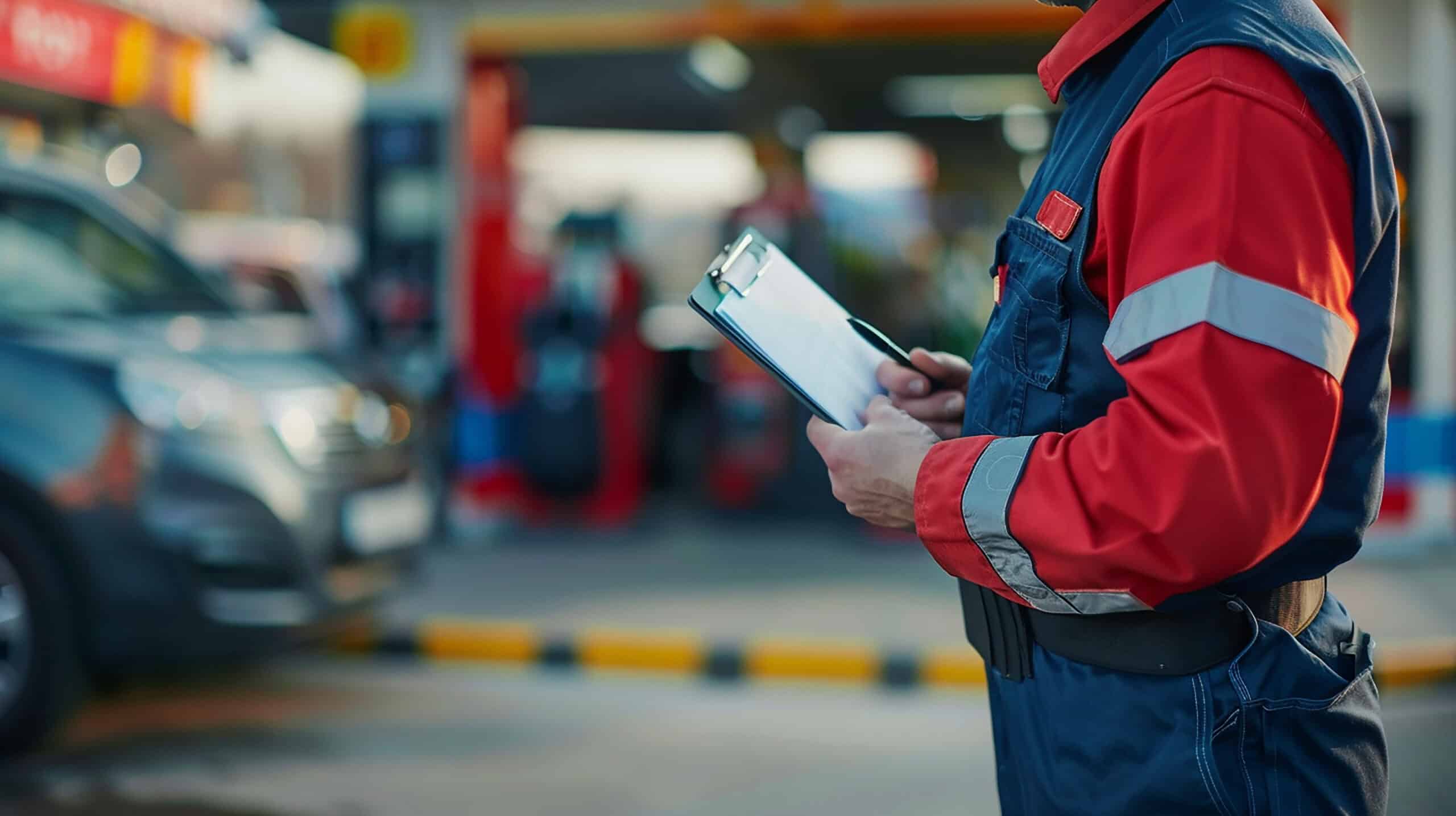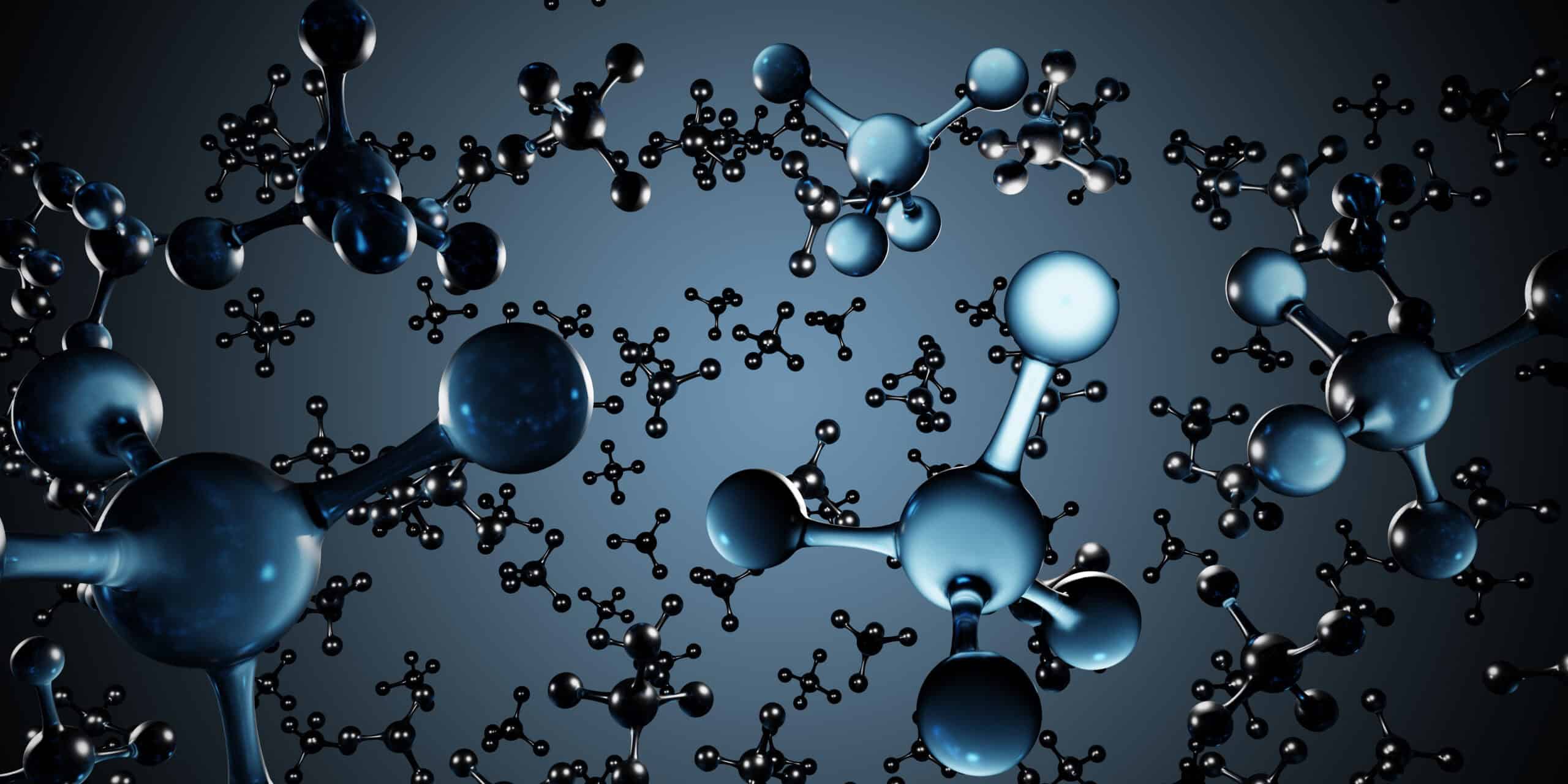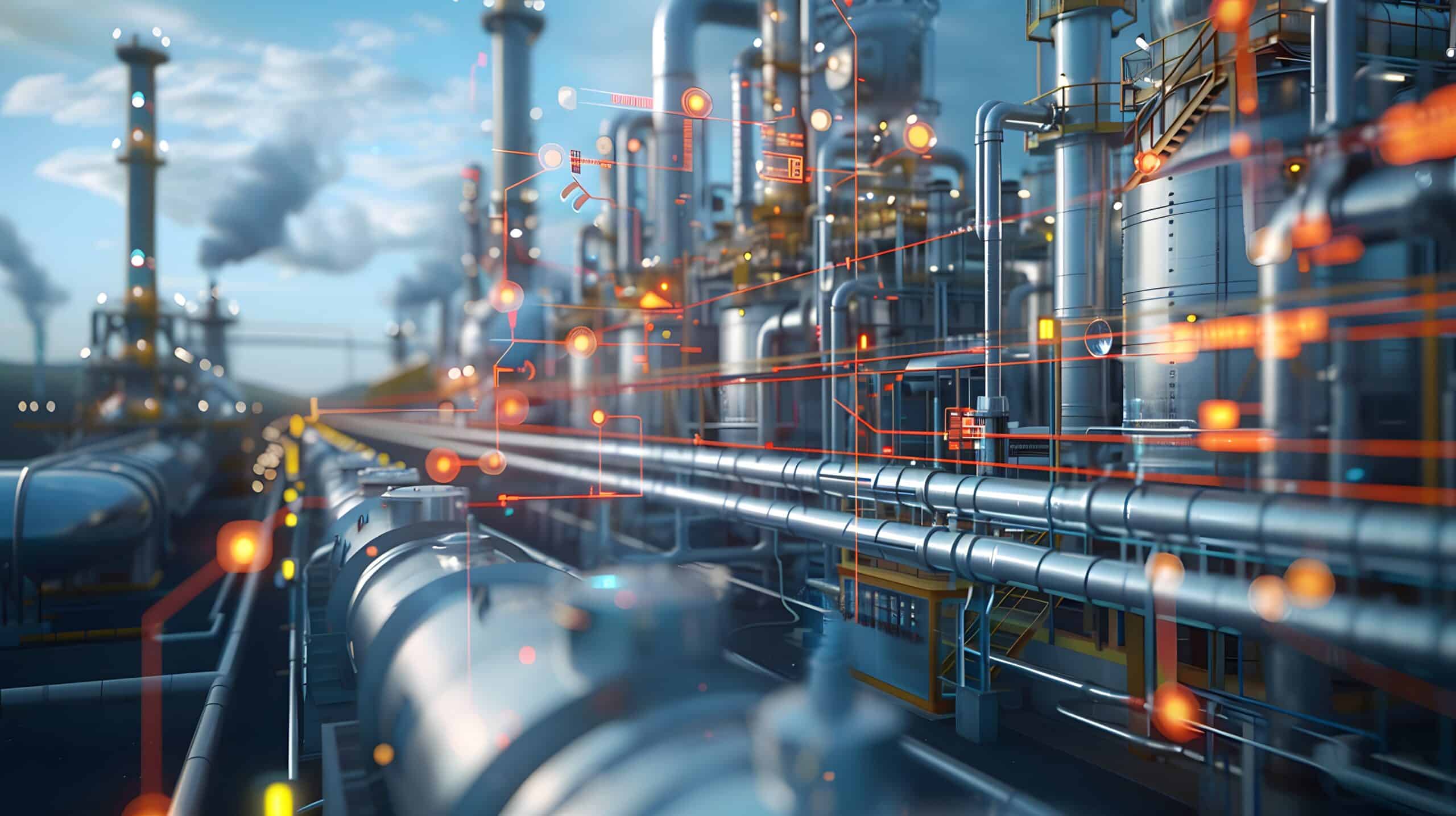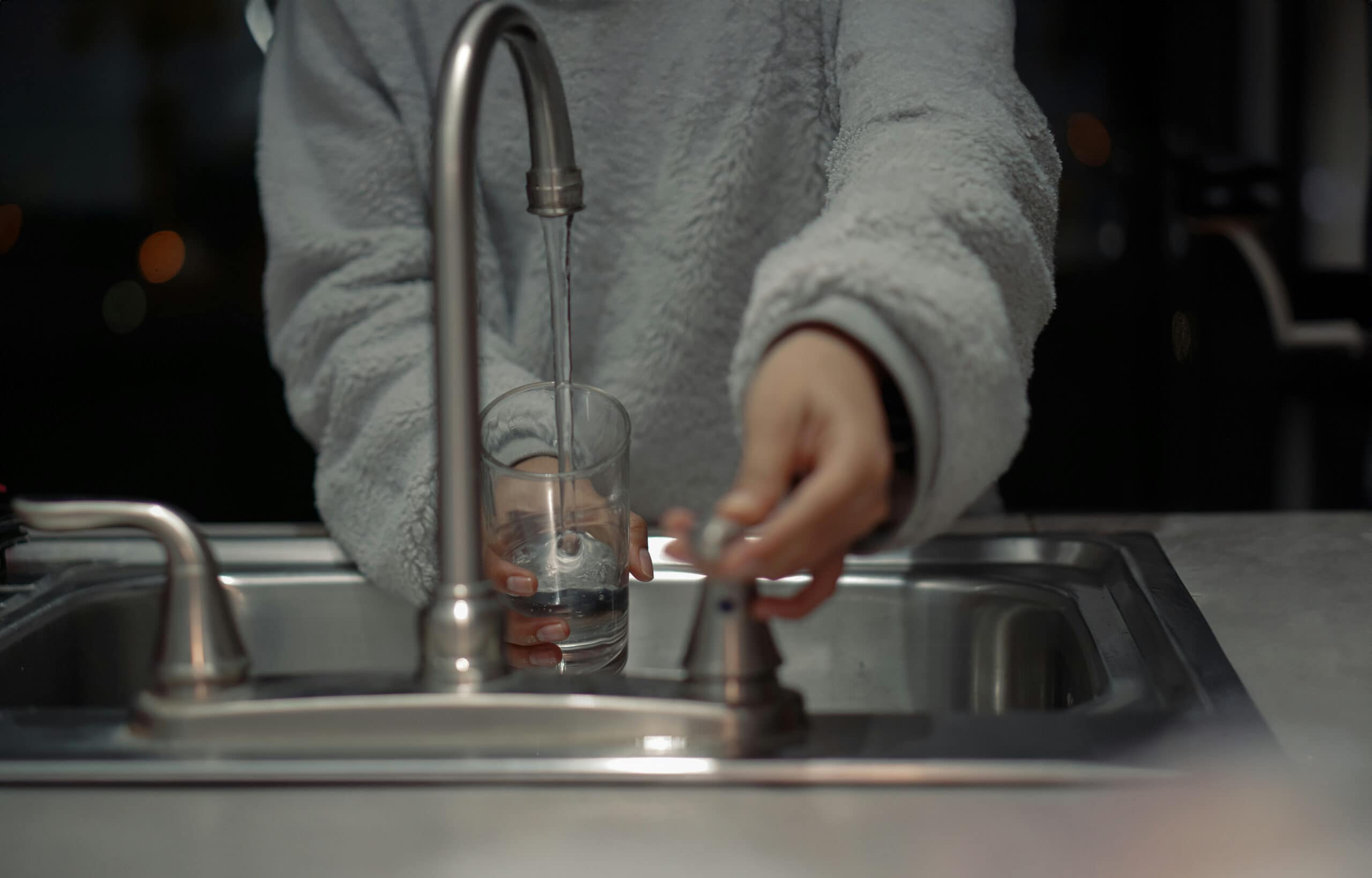Your fuel pumps play a critical role in the smooth operation of your gas station, providing customers with the fuel they need for their vehicles. To ensure the reliability and safety of your pumps, regular maintenance is essential.
Your trusted maintenance provider must adhere to best practices to guarantee the optimal functionality of your pumps and prevent potential issues. The handy checklist that follows delves into three key areas of fuel pump maintenance and outlines the necessary checks and procedures for dispensers, underground storage tanks (USTs) or underground containment (UDC) systems, and replacement of fuel filters.
Dispensers
Regular inspections of this vital equipment are crucial to identify and address any potential issues promptly. Here are specific actions your maintenance provider should take:
- Check nozzles and connections.
- Examine the nozzles, including their connection to the dispenser outlet, to ensure there are no leaks or damage.
- Inspect breakaways.
- Verify the condition of breakaways to guarantee they function correctly in the event of a sudden pull or tension on the hose.
- Evaluate hose retractor.
- Check the hose retractor for any signs of wear or damage, including inspecting the grommet for grooves in the metal on the inner retractors.
- Examine cord usage.
- Ensure the cord in use is in decent condition and is not frayed or damaged.
- Check door gaskets.
- Inspect dispenser door gaskets for any skimming devices or potential security breaches.
- Verify calibration seals.
- Ensure calibration seals are intact, and display the proper information, as required.
- Perform CRIND diagnostics.
- Clean the card reader and inspect for graffiti film on the display to maintain a smooth customer experience.
- Inspect exterior damage.
- Check the dispenser for any exterior damage, including the inner frame.
- Examine shear valve mounting.
- Ensure the shear valve is securely mounted and the dispenser is firmly attached to the island.
- Ensure the shear valve is securely mounted and the dispenser is firmly attached to the island.
USTs/UDCs
Regular maintenance is vital to prevent leaks and ensure the integrity of these critical components. Here’s what your maintenance provider should include in their routine checks of this infrastructure:
- Check fill and vapor riser caps.
- Inspect all fill and vapor riser caps for damage or missing parts.
- Examine spill buckets.
- Check spill buckets for the presence of liquid, removing any found. Inspect for visual damage, and report issues promptly.
- Inspect spill bucket lids.
- Examine spill bucket lids for damage, missing parts, or other irregularities.
- Review lid bolts and gaskets.
- Check all lids for missing bolts and the condition of gaskets to ensure a secure seal.
- Examine UST sumps.
- Look for signs of water intrusion in UST sumps, ensuring sensors are correctly placed at the lowest point.
- Check UDCs.
- Inspect UDCs for water presence, assess boot conditions, and verify the proper placement of sensors.
- Inspect UDCs for water presence, assess boot conditions, and verify the proper placement of sensors.
Fuel Filters
Regular replacement of fuel filters is crucial to maintaining the efficiency of your fuel pump system. Maintenance providers should adhere to the following practices:
- Follow filter replacement schedules.
- Adhere to the manufacturer’s guidelines for replacing filters based on pump usage and fuel type.
- Inspect filters for restrictions.
- Regularly inspect filters for any restrictions or clogs that could lead to reduced flow rates and increased strain on the pumps.
By following these best practices, maintenance providers can ensure the longevity, efficiency, and safety of your fuel pumps. Regular inspections and proactive measures are essential to prevent potential issues, guarantee customer satisfaction, and maintain compliance with environmental and safety regulations.





